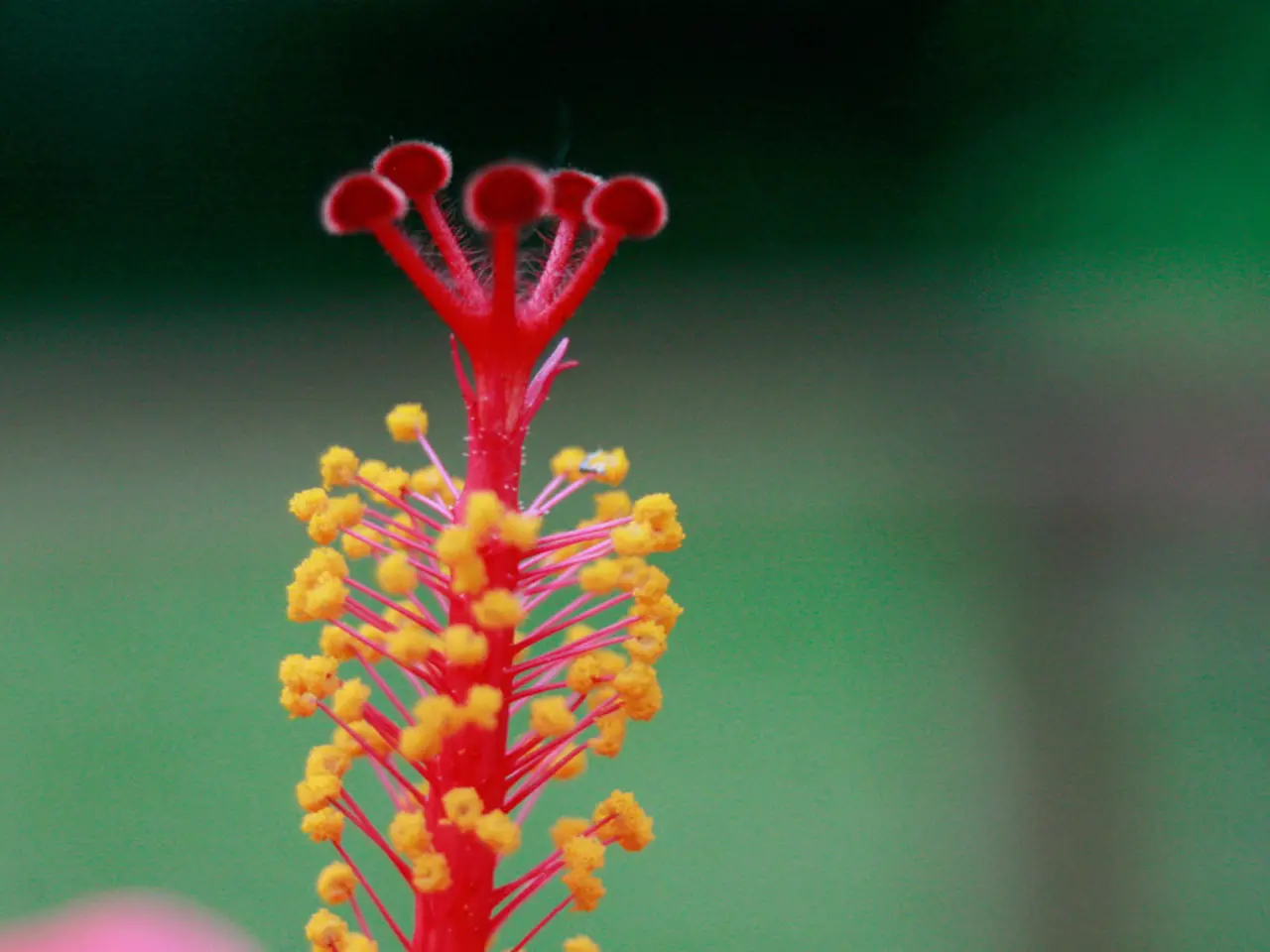Non-allergic rhinitis: Classifications, signs, and contributing factors
Nonallergic rhinitis is a common condition that affects the nose, causing it to become inflamed and swollen. This condition results in cold-like symptoms such as a blocked or runny nose, sneezing, and a runny nose that does not seem to get better or recurring symptoms.
There are different types of nonallergic rhinitis, including infectious rhinitis (or viral rhinitis), vasomotor rhinitis, and atrophic rhinitis. Infectious rhinitis is caused by an infection, such as the common cold or flu, and is characterized by inflammation of the lining of the nose and throat, triggering mucus production, sneezing, and a runny nose.
Vasomotor rhinitis, another type of nonallergic rhinitis, is characterized by nasal stuffiness and runny nose without typical allergic causes. Common triggers for vasomotor rhinitis include environmental irritants such as dust, strong odors or perfumes, pollution, and cigarette smoke, weather changes particularly cold air, dry atmosphere, and sudden changes in temperature or humidity, spicy foods, hormonal fluctuations, and mental stress.
Atrophic rhinitis occurs when the membranes inside the nose, called turbinate tissue, become thinner and harder, causing the nasal passages to widen and become drier. This condition is characterized by nasal crusting, widening of the nasal passages, foul smell, and loss of sense of smell.
Diagnosis of nonallergic rhinitis typically involves a physical examination and a discussion of symptoms. A CT scan may be used to confirm a diagnosis and to check for changes in the nasal cavities. In the case of viral rhinitis, the diagnosis involves checking for symptoms similar to a cold or flu, and eliminating allergy as a possible cause. In the case of rhinitis medicamentosa, the doctor will ask the patient about the use of nasal decongestants and other medications.
Home remedies for relieving rhinitis include rinsing the inside of the nose with a saline solution, steam inhalation, using a humidifier, and avoiding environmental triggers. In cases of atrophic rhinitis, routine nasal lavage and lubrication can prevent the formation of crusts and help to keep the nasal lining moist.
Treatment typically focuses on avoiding these triggers, using humidifiers to reduce dryness, and sometimes nasal steroid or antihistamine sprays, though responses vary. Decongestant sprays should be avoided due to the risk of rebound congestion.
It is important to note that nonallergic rhinitis does not usually involve an itchy nose, eyes, or throat. However, certain health conditions, including lupus, cystic fibrosis, some hormonal disorders, and asthma increase the chance of developing nonallergic rhinitis. Nonallergic rhinitis can affect both children and adults, and women may be more prone to nasal congestion during menstruation and pregnancy.
In conclusion, nonallergic rhinitis is a common condition that can cause cold-like symptoms. Understanding the different types of nonallergic rhinitis, their causes, and treatments can help individuals manage their symptoms and improve their quality of life.
1.Vasomotor rhinitis, a type of nonallergic rhinitis, is not associated with typical allergic causes but is triggered by environmental irritants, weather changes, spicy foods, hormonal fluctuations, and mental stress.2. Diagnosis of atrophic rhinitis involves confirming if the turbinate tissue inside the nose has become thinner and harder, causing nasal crusting, widening of the nasal passages, foul smell, and loss of sense of smell.3. Preventative measures for nonallergic rhinitis may include rinsing the nose with a saline solution, steam inhalation, using a humidifier, and avoiding environmental triggers to alleviate symptoms.4. In the realm of health-and-wellness, it's crucial to be aware of nonallergic rhinitis as it can affect both children and adults, and women may experience more nasal congestion during menstruation and pregnancy.5. Certain health conditions, like lupus, cystic fibrosis, hormonal disorders, and asthma, can increase the risk of developing nonallergic rhinitis.6. Predictive therapies and treatments for nonallergic rhinitis might include nasal steroid or antihistamine sprays, but responses can vary. On the other hand, decongestant sprays should be avoided due to the risk of rebound congestion. Skin-care routines might also play a role in managing symptoms, as certain skin products could act as environmental triggers for some individuals.




